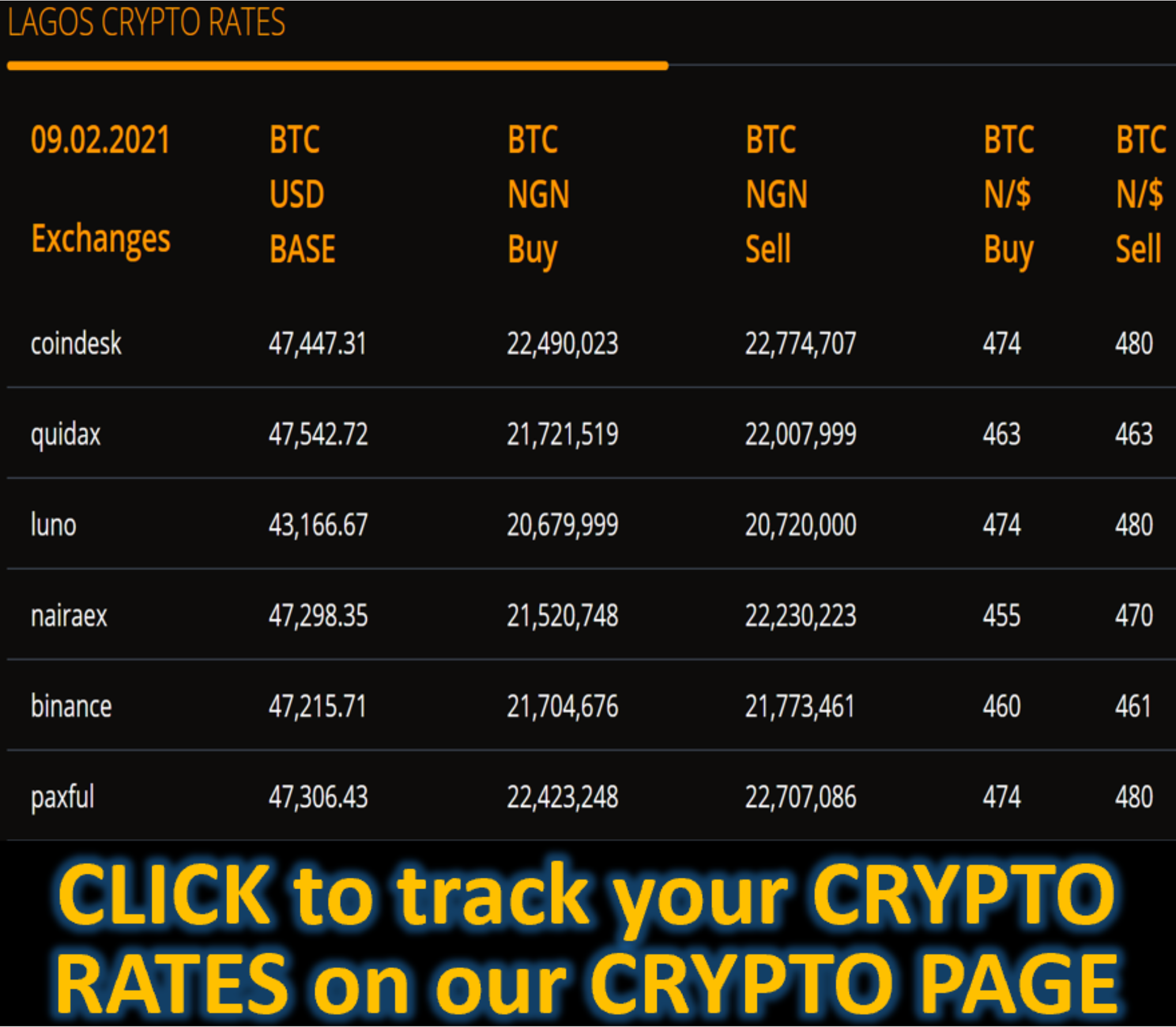Market News
Canada retail rebound accelerates into start of fourth quarter - BLOOMBERG
(Bloomberg) - Canadian retail sales rose for the fourth straight month, the longest growth streak since early 2022, signaling the central bank’s interest-rate cuts are boosting consumer spending.
An advanced estimate suggests receipts for retailers jumped 0.7% in October, the strongest pace since July, following a 0.4% gain in September, Statistics Canada said Friday.
With September’s increase, which matched expectations in a Bloomberg survey, third-quarter retail sales were up 0.9%. That’s compared with the first half of the year, which posted the largest contraction since 2009 outside the pandemic.
The Bank of Canada ramped up its pace of rate cuts in October with a 50 basis-point reduction to strengthen economic activities. Although last month’s inflation reacceleration lowers the odds of another jumbo cut in December, policymakers are expected to continue cutting gradually to make borrowing costs less restrictive.

Prime Minister Justin Trudeau’s government on Thursday announced plans to waive the federal goods and services tax, or GST, from items including prepared foods, some alcohol, books and toys over the winter holidays, as well as hand out a one-time check of C$250 ($179) to nearly 19 million Canadians in the spring. The stimulus package is expected to further fuel consumption in the fourth quarter and into next year.
In September, sales were up in six of nine subsectors, led by increases at food and beverage retailers as well as building material and garden suppliers. The largest decrease was recorded at gas stations, which posted a fifth straight monthly drop. That was driven by lower gas prices that month, as volumes increased 3.2% in the sector. Sales at car dealers were also down.
Core retail sales, which exclude gas stations and car dealers, surged 1.4%. In volume terms, receipts increased 0.8%. Excluding autos, sales were up 0.9%, which beat economist expectations of 0.4% and is the fastest growth rate since April.
“This is early evidence that lower interest rates are supporting spending, but per-capita retail sales volumes are still sitting 1.8% below year-ago levels as of September, showing that there is ample lost ground to make up,” Katherine Judge, economist at Canadian Imperial Bank of Commerce, said in a report to investors.
“The upcoming GST holiday will provide a boost for retail sales in December but it could dent activity in November as consumers delay purchases.”
What Bloomberg Economics Says
“Spending momentum is building in Canada and industry-level data show consumers willing to spend on discretionary and interest-sensitive goods. The September retail sales report increases the odds the Bank of Canada cuts by 25 basis points at its Dec. 11 meeting. Though policymakers likely favor a swift return to a more neutral policy stance, the latest data could allow them to let up on the gas.”
— Stuart Paul, US and Canada economist
The question is how much of the increase due to the GST holiday will be just spending that is brought forward, leading to weakness later, Charles St-Arnaud, chief economist at Alberta Central, said in an email. Per-capita spending improved on a monthly basis in September, he noted.
“For the Bank of Canada, signs that consumer spending is improving, especially on a per-capita basis, will be welcomed,” he said. “Once we add the further support coming from the temporary GST cut, it seems more likely that the Bank of Canada will cut by 25 basis points in December than by 50 basis points.”
After Friday’s release, overnight index swap pricing implied a 17% chance of a half-percentage point cut, down from 23% the day before. However, some economists are still expecting a second straight jumbo cut next month.
“Officials have already been expecting consumption to pick up,” said Veronica Clark, economist at Citigroup Inc. “The realization of stronger spending should not necessarily change officials’ assessments that policy rates should be closer to a neutral setting.”
Regionally, sales were up in five of 10 provinces, with Alberta seeing the largest increase of 2.3%, led by higher receipts at car dealers.
The statistics agency didn’t provide details on the October estimate, which was based on responses from 58.9% of companies surveyed. The average final response rate for the survey over the previous 12 months was 88.9%.









